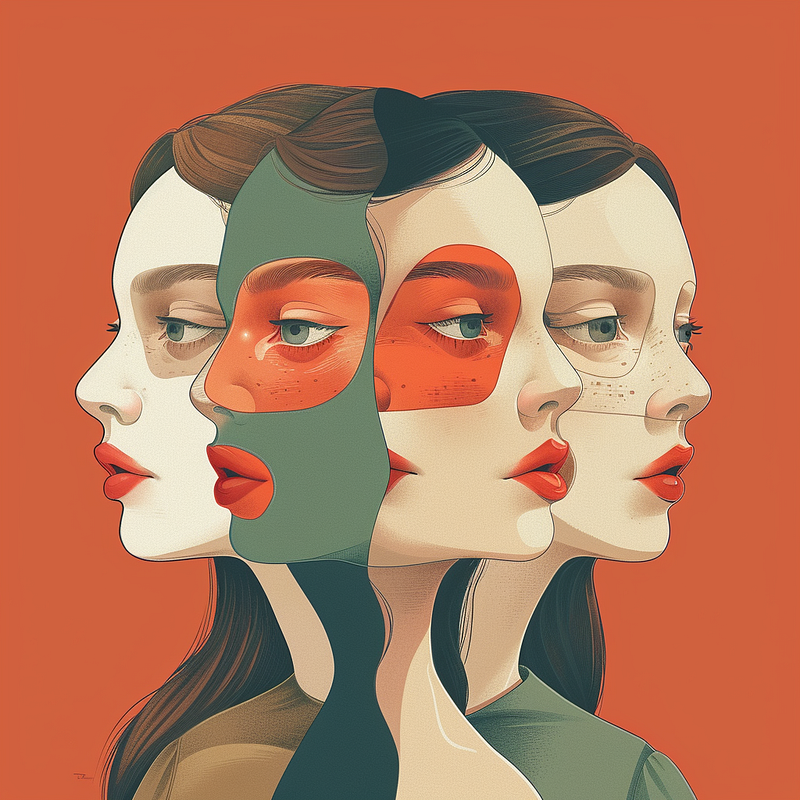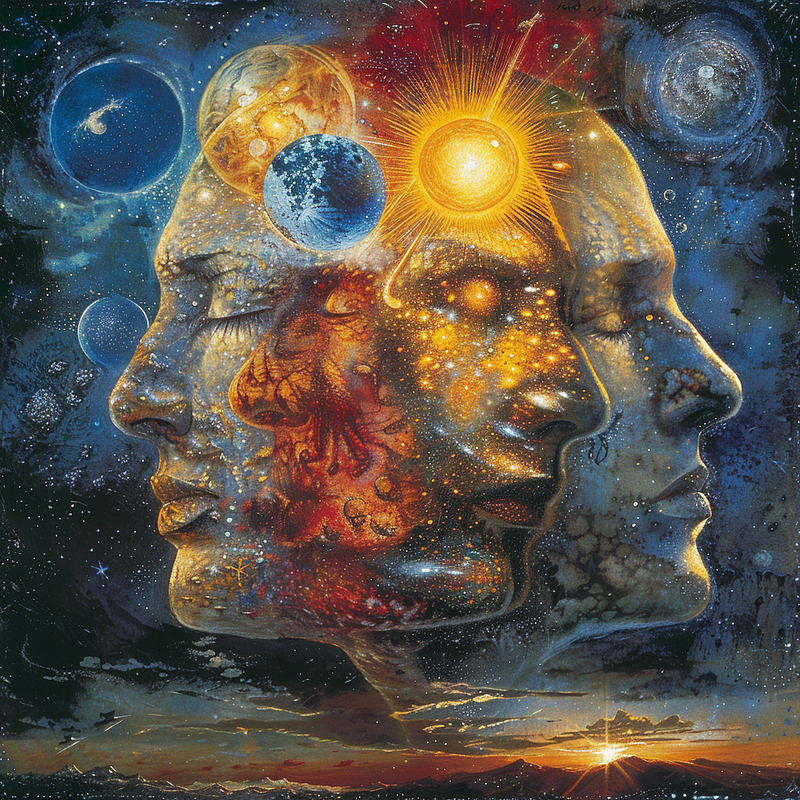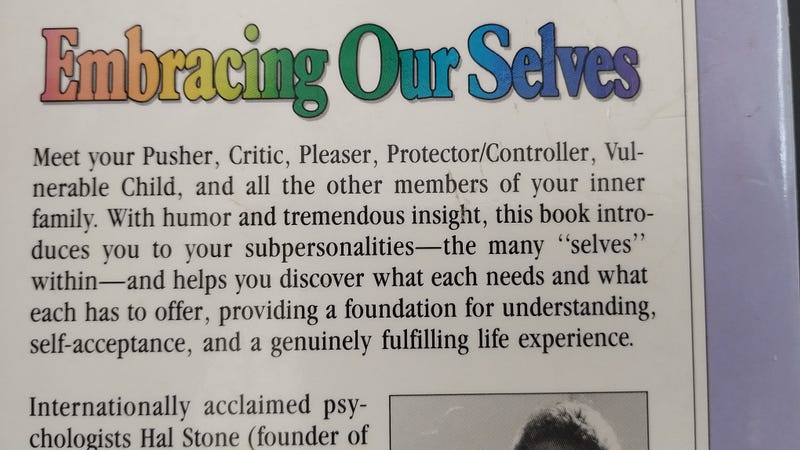Understanding the Complexity of Dissociative Identity Disorder
Written on
Chapter 1: The Concept of Dissociative Identity Disorder
In this article, we will explore:
- Carl Jung’s archetypes
- The concept of the golden shadow
- Our inner personalities
- Managing these identities
Dissociative Identity Disorder (DID) is a term that often invokes fear. The thought of having another identity within oneself—complete with its own thoughts, desires, and memories—can be daunting. In contemporary psychology, the term "Multiple Personality Disorder" has been largely replaced by Dissociative Identity Disorder. This condition is defined as the existence of two or more distinct personality states, each possessing unique memories, characteristics, and behaviors.
Despite the unsettling nature of DID, it is crucial to note that it is relatively uncommon. A study by Ulker Atilan Fedai and Mehmet Asoglu, published in the National Library of Medicine, indicates that the prevalence of DID is approximately 1%.

Chapter 2: Carl Jung’s Archetypes
This leads us to consider Carl Jung's archetypes and their relevance to this topic. Familiar archetypes include the persona, the shadow, the anima/animus, and the self. Jung expanded on these concepts in his work "The Archetypes and the Collective Unconscious," introducing additional archetypes like the mother, father, trickster, and hermit.
The Golden Shadow
One of Jung’s followers introduced the idea of the "Golden Shadow," which refers to the potential for greatness and creativity that resides within us. If our shadow side encompasses repressed aspects of ourselves, the golden shadow represents our untapped abilities.
I frequently draw on the insights of Hal and Sidra Stone, whose voice dialogue method I incorporate into my therapy sessions. Their book "Embracing Our Selves" explores these concepts further.

Chapter 3: Engaging with Our Inner Personalities
The Stones suggest that we each harbor multiple inner personalities that we can engage with to uncover the roots of our issues. For instance, if someone struggles with controlling behavior, I might ask them to visualize an inner persona called "the Controller." We would then delve into that persona’s motivations and the reasons behind the need for control.
From my experience as a counselor and my own research, I believe that we possess a variety of inner identities. These personalities often emerge with good intentions but can sometimes lead us astray.
It’s essential to recognize how we develop habits and tendencies from childhood. For example, witnessing a father figure express anger through shouting may lead us to adopt that reaction as a learned response. Thus, when faced with anger, we might unconsciously default to that behavior, even if we later realize it’s inappropriate.

Chapter 4: Integrating Our Identities
The challenge lies in managing and integrating these diverse personalities. They genuinely wish to support us, but due to their less conscious nature compared to our ego, they may behave in unexpected ways. By allowing them to express themselves in a therapeutic context, we can better understand their perspectives and address our underlying behavioral challenges.
To further explore the complexities of Dissociative Identity Disorder, check out the following videos:
The first video titled "Everything you wanted to know about Multiple Personality Disorder" provides an in-depth look at the subject matter.
The second video, "Is Multiple Personality Disorder Real? One Woman's Story | Retro Report," offers a personal narrative that sheds light on the lived experience of DID.
Thank you for engaging with this exploration of inner identities. I'm Paddy, a counselor and writer. If you're interested in a counseling session or would like to discuss my writing, feel free to reach out. You can also support my work through donations via PayPal or Bitcoin. For my latest articles, subscribe to my Medium channel or follow me on my social media platforms.